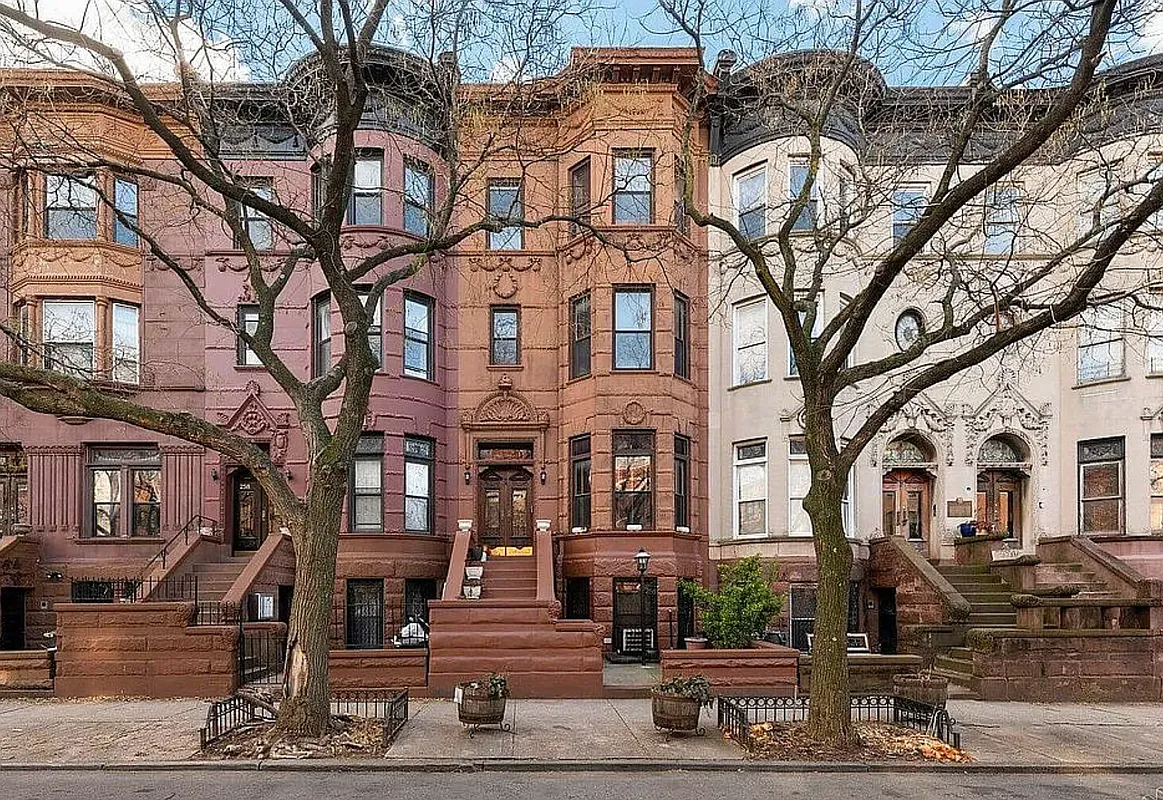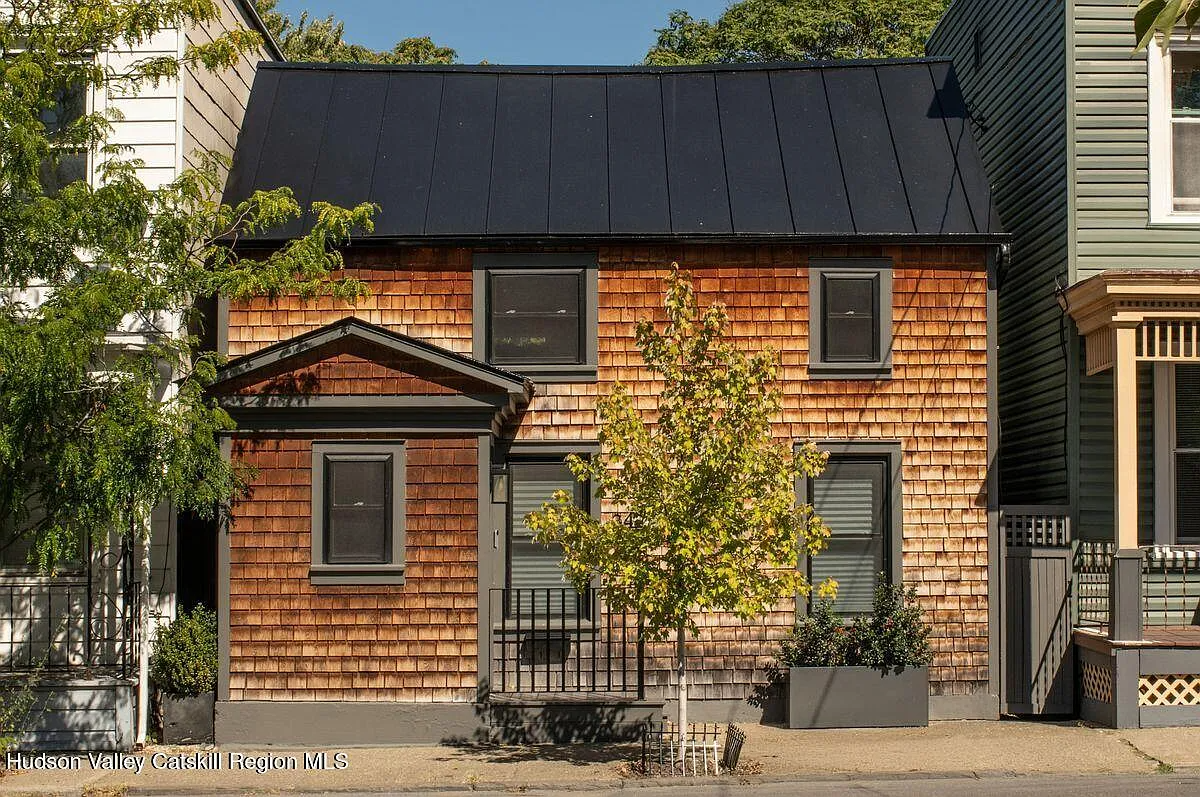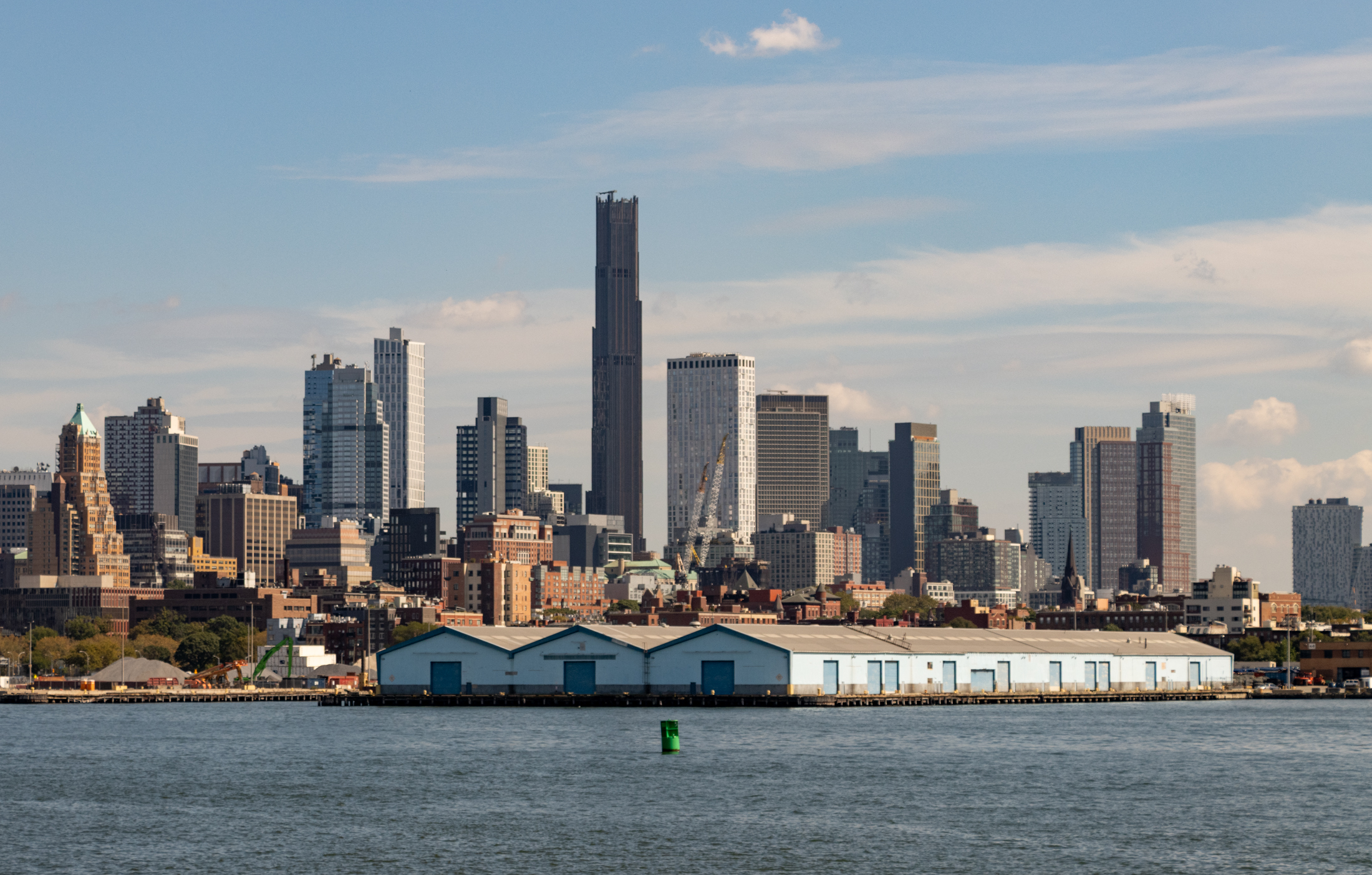Flip-Side of Prohibitively Expensive Windows
We know first-hand how expensive it is to replace the extra-long parlor floor windows having done it last year ourselves. (For those fortunate enough not to have had to do it, it’s a couple thousand bucks or more per window.) So it’s not surprising that many houses took short-cuts over the years, using standard length…
We know first-hand how expensive it is to replace the extra-long parlor floor windows having done it last year ourselves. (For those fortunate enough not to have had to do it, it’s a couple thousand bucks or more per window.) So it’s not surprising that many houses took short-cuts over the years, using standard length windows and just filling in the difference. The patch job at 211 Carlton Avenue is particularly crude though. GMAP





The previous owners of our house bought shorter replacement windows and cemented the bottom portion over. And then spent alot of money re-brownstoning the facade of the house. Not only does it look disproportionate on the outside, on the inside, we can’t open the lower half of our pocket shutters. Our windows look ridiculous, but the cost of getting new longer windows, knocking out the cement and then re-brownstoning the front is just too prohibitively expensive right now. That’s why — sometimes, it’s just better to stick with as much of the original as possible.
They were either real brownstone, or brick with a real brownstone face (i.e. not huge browstone blocks, just a facade several inches thick). The colored concrete resurfacing repair method is definitely a more contempory way of doing things. If done well it looks good. If not, it can have mixed results.
this house is for sale? where has it been advertised?
What percent of Brooklyn’s Brownstones, were originally made with Real Brownstone? My understanding is that many were actually built with cement/stucco over brick? Is that true? If so, was there are time period when there was a changeover to cement/stucco? Or were all of Brooklyn’s Brownstones actually built with Real Brownstone?
I’m not sure why people buy wood frame houses with gables, etc. if what they really want is a brick box. (agreeing with anon 1:39)
oops, typo that’s ‘not good’
Sorry to go off topic, but have a question.
If stucco is not go for wood frame houses, why are there a batch of nutsy wood frame homeowners (particularly in Victorian Flatbush) busily stucco and bricking up their wood frame houses?
It makes no sense to me. There is still a wood frame underneath, so I don’t think it does a thing for fireproofing the building. And doesn’t wood have to contract and expand and wouldn’t wood do it a different ratio then the stucco and or brick?
I’m just hoping that these homeowners wake up one day and their stucco and/or brick is cracked like crazy, or has just plain fallen off the house. Would serve them right for destroying historic Victorian wood frame buildings.
Man do they need to landmark all of Victorian Flatbush!
Two things:
i) I believe Mr B is talking about the cost of WOOD windows, which do indeed start at a couple of thou and go up from there (Marvins are closer to 5k per). Aluminum replacement windows cost in the hundreds.
ii) Real brownstone is still being quarried (try Weser at http://www.brownstone.us) but I understand the cost is approx $100k to repair with stone vs $30-60k with tinted cement or stucco — which is used on 99% of the brownstone facades being fixed today.
Although I agree with anon at 1:03 completely, I would like to add that landmark or no, sometimes owners cannot afford to maintain buildings appropriately–see Mr. Brownstoner’s comments re: window cost–so there’s something to be said for a crap job that is reversible at such time owner can afford it or new owner comes in. Therefore, landmarks should fine, but also make sure owner is aware of all available grants, low-interest loans, etc. In other words, note the difference between willful or spiteful failure to maintain and good-faith efforts to keep up your house.